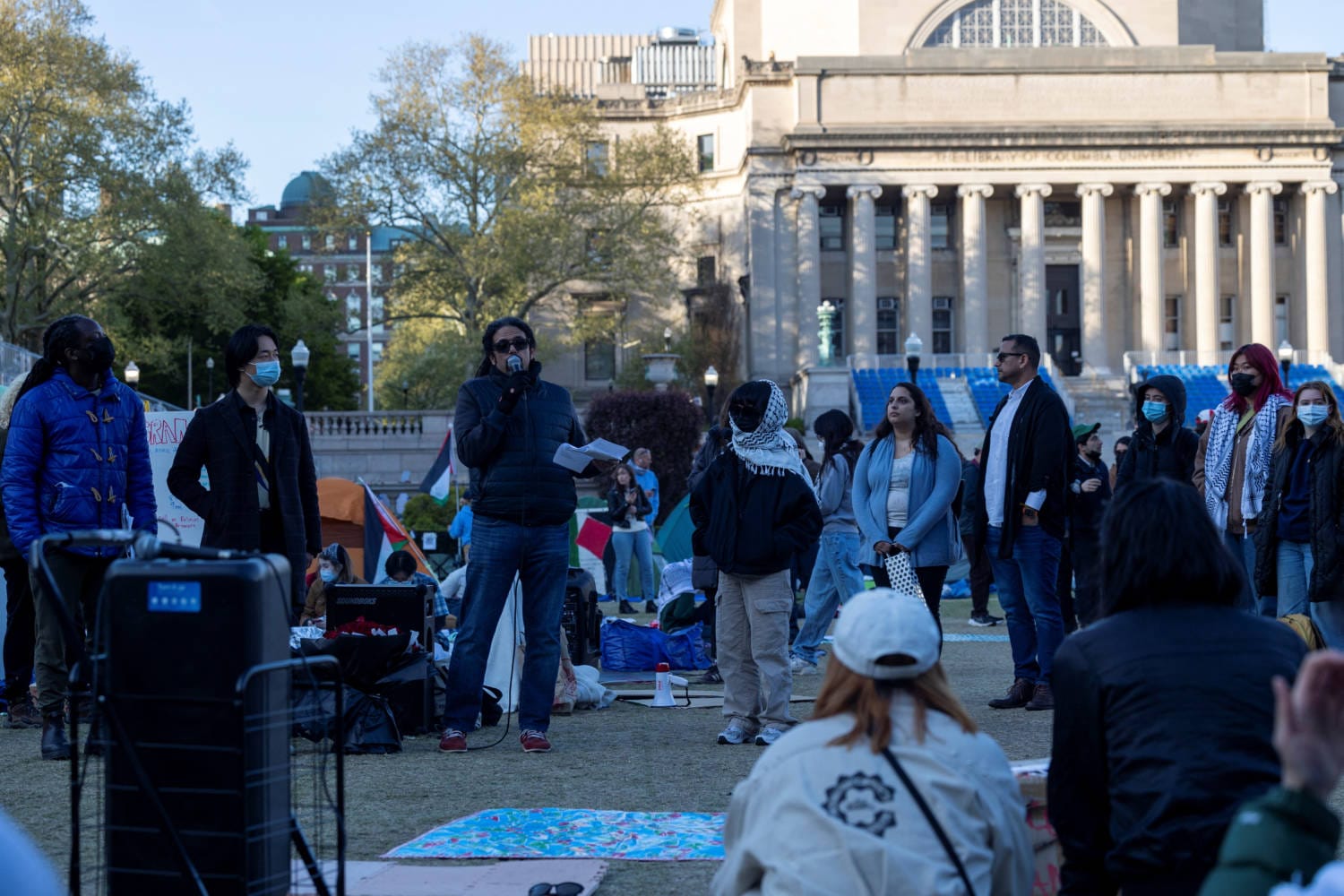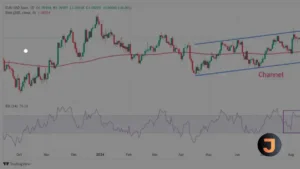Reflecting on History: Columbia University’s Pro-Palestinian Encampment
In an echo of the past, Students at Columbia University have set up a pro-Palestinian protest encampment on campus, drawing inspiration from the university’s historical activism, particularly the events of 1968. The course “Columbia 1968,” which delves into the campus protests against the Vietnam War, has fueled a new generation of students to take a stand on current global issues.
Professor Frank Guridy, along with his students, engaged with the protesters in a teach-in to draw parallels between the two eras of activism. The encampment, a hive of intellectual and cultural exchange, has become a space for discussion, sustenance, and solidarity.
The response to the encampment has been mixed. The encampment led to arrests and suspensions by the school administration, with dozens of students facing repercussions for their actions. Yet, these students claim they are merely applying the lessons learned from their education at Columbia.
Bo Tang, a diligent history student, highlighted the research group’s efforts to learn from past social justice movements. Their work included interviews with alumni who participated in the 1968 protests, seeking wisdom on how to garner support for their cause.
The encampment has not only drawn attention from the university community but also from colleges across the U.S. and internationally. High-profile figures have weighed in on the protest, with some labeling it as antisemitic. However, many Jewish students are actively involved in organizing the encampment and reject such accusations.
Life within the encampment is a blend of peaceful coexistence and vibrant cultural expression. Students engage in discussions, share meals, and participate in religious ceremonies. The atmosphere is one of learning and exchange, though it remains cautious of potential confrontations with counterprotesters.
The protesters’ demands center around Columbia divesting from companies supporting Israel’s government and military. Despite the administration’s attempts to negotiate and prepare for upcoming campus events, the students remain steadfast in their cause.
As Guridy conducted his teach-in, he emphasized that his course is not designed to incite revolution but to educate on history. His students, including Tang, balance their activism with academic responsibilities, striving for excellence in both arenas.
The spirit of ’68 lives on at Columbia University as students continue to use their campus as a platform for social change, demonstrating that the lessons of history are not just academic but practical blueprints for action.






